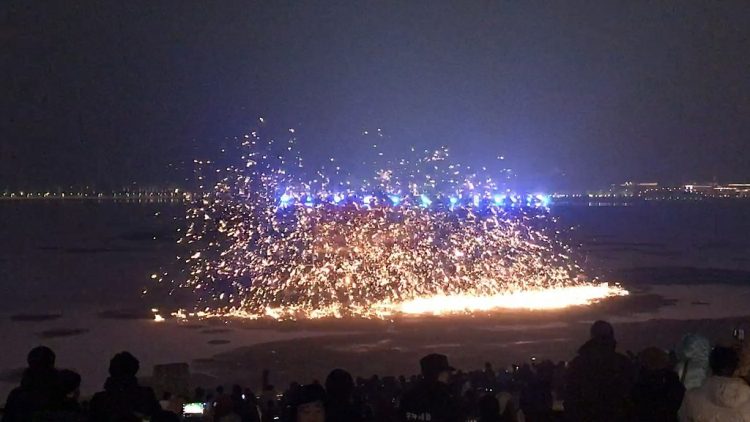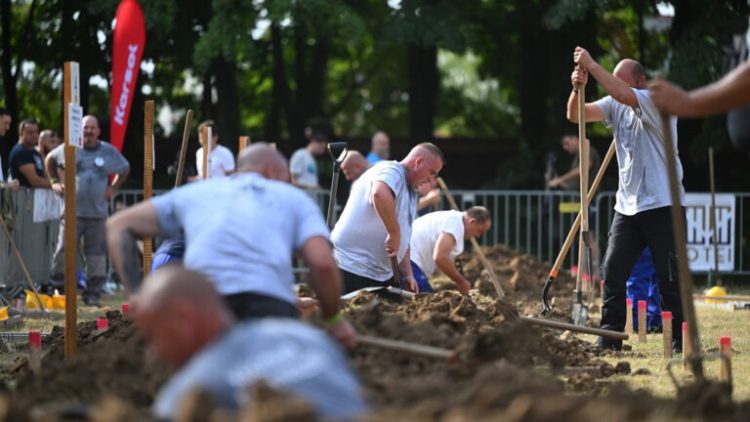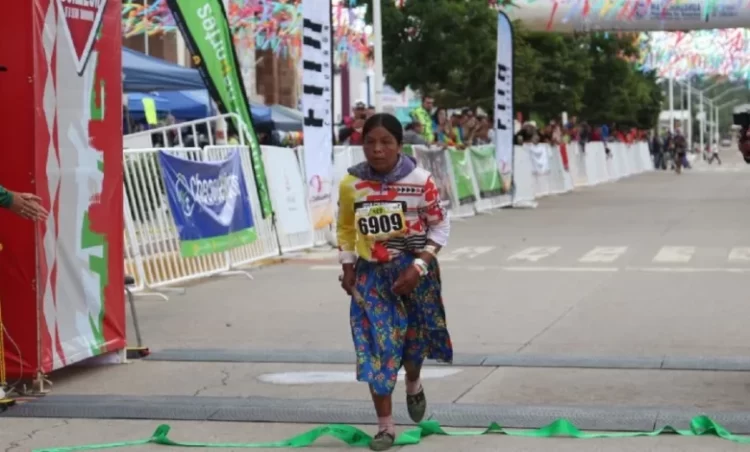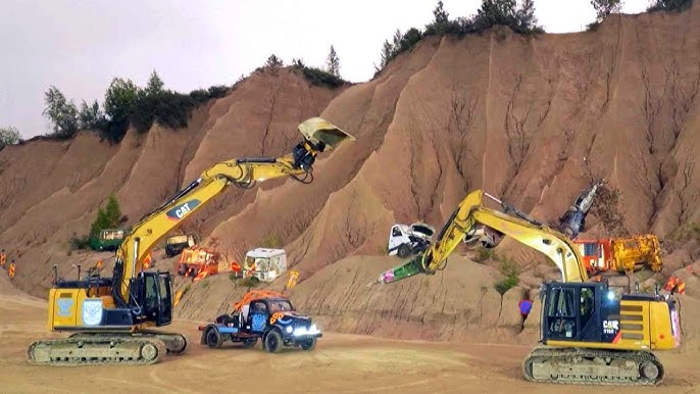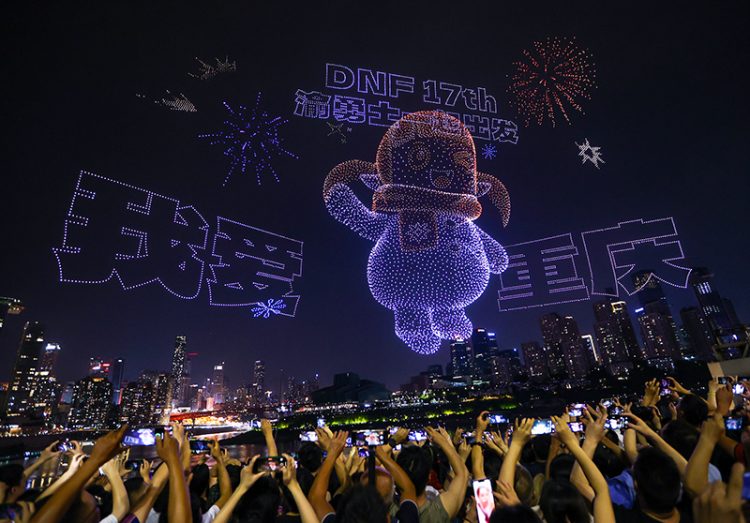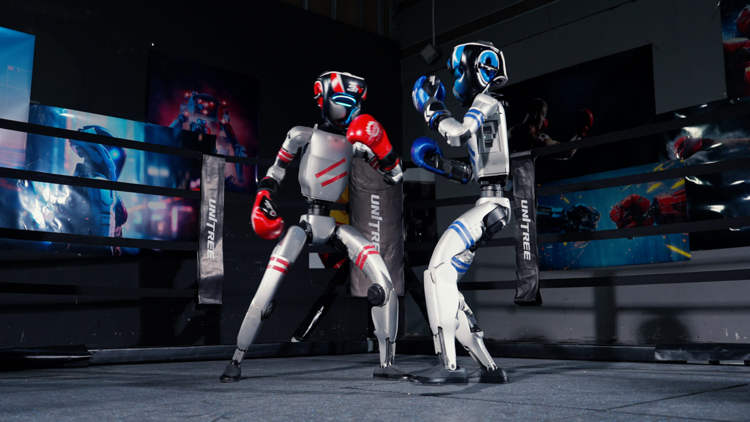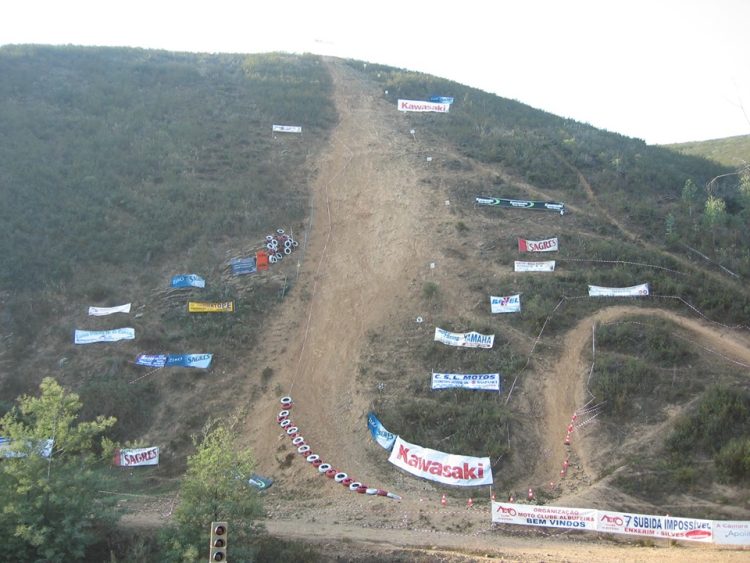Known as ‘the poor man’s fireworks’, Dashuhua is a 500-year-old pyrotechnic ritual used in Nuanquan, China, to celebrate the Lunar New Year.
The small town of Nuanquan, in northwestern China’s Hebei province, is home to one of the world’s most dangerous yet mesmerizing fireworks displays. Although fireworks have been a part of Chinese celebrations since around the year 800 A.D., they haven’t always been as widely available and affordable as they are today. So about half of a millennia ago, local blacksmiths came up with a viable alternative that was cheaper, but just as impressive as conventional pyrotechnics – throwing molten iron at cold walls to produce a waterfall of bright sparks that are at the same time beautiful and dangerous.
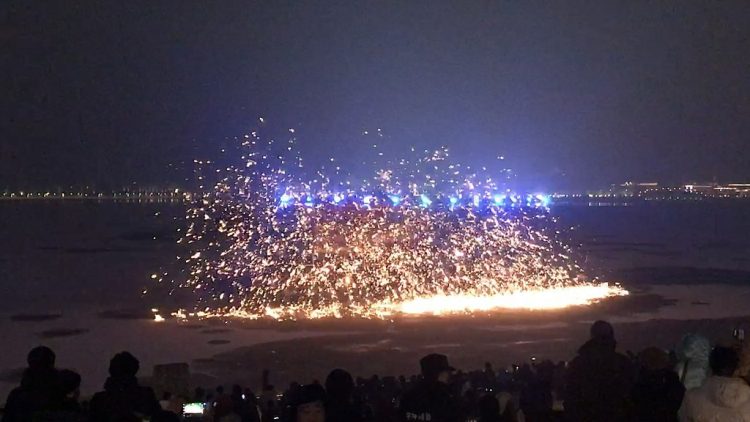
Photo: Wikimedia Commons
As you can imagine, having bits of molten iron raining from above isn’t the safest thing in the world, and those brave enough to carry out the annual celebration have the burn marks to prove it. Even though blacksmiths usually wear the customary large straw hat and cover themselves with sheepskins, accidents can happen, so performers need to be extra careful.
For example, the wooden spoon used by blacksmiths to scoop out molten iron cannot go very deep into the molten metal, otherwise, the temperature difference between the cold spoon and heated iron can cause an explosion. The iron is heated up to 1,600 degrees Celsius (2,910 degrees Fahrenheit), so you definitely don’t want it anywhere near your skin.
According to Wikipedia, “the splash of heated liquid iron is an energy transformation process: when the blacksmith throws out the iron from the furnace, kinetic energy is supplied to the bulk of the liquid iron that transforms to potential energy at an elevation up the wall, and the residual kinetic energy is responsible for a splashing impact. The explosion of molten iron is essentially an oxidation reaction of finely divided iron droplets combined with scattering upon collision with the wall. In addition, carbon impurities in the iron will react with oxygen to produce carbon dioxide and the impact will expose carbon in the molten iron to oxygen to produce sparks.”
Dashuhua is unique to the town of Nuanquan, whose inhabitants still save up scrap metal to donate to blacksmiths for the annual celebration. In turn, blacksmiths have incorporated other metals, such as copper and aluminum, into their performances in order to create green and white sparks in addition to the orange ones.
Even though there are few young blacksmiths left in Nuanquan to take up the mantle from the last generation, for the time being, Dashuhua is in good hands. It is more popular than ever before, people come from far and wide to see the falling molten metal themselves. It’s a delight for the senses.
Dashuhua has been around for over 500 years, but there is no record of a blacksmith ever getting serious injuries or notifying.

